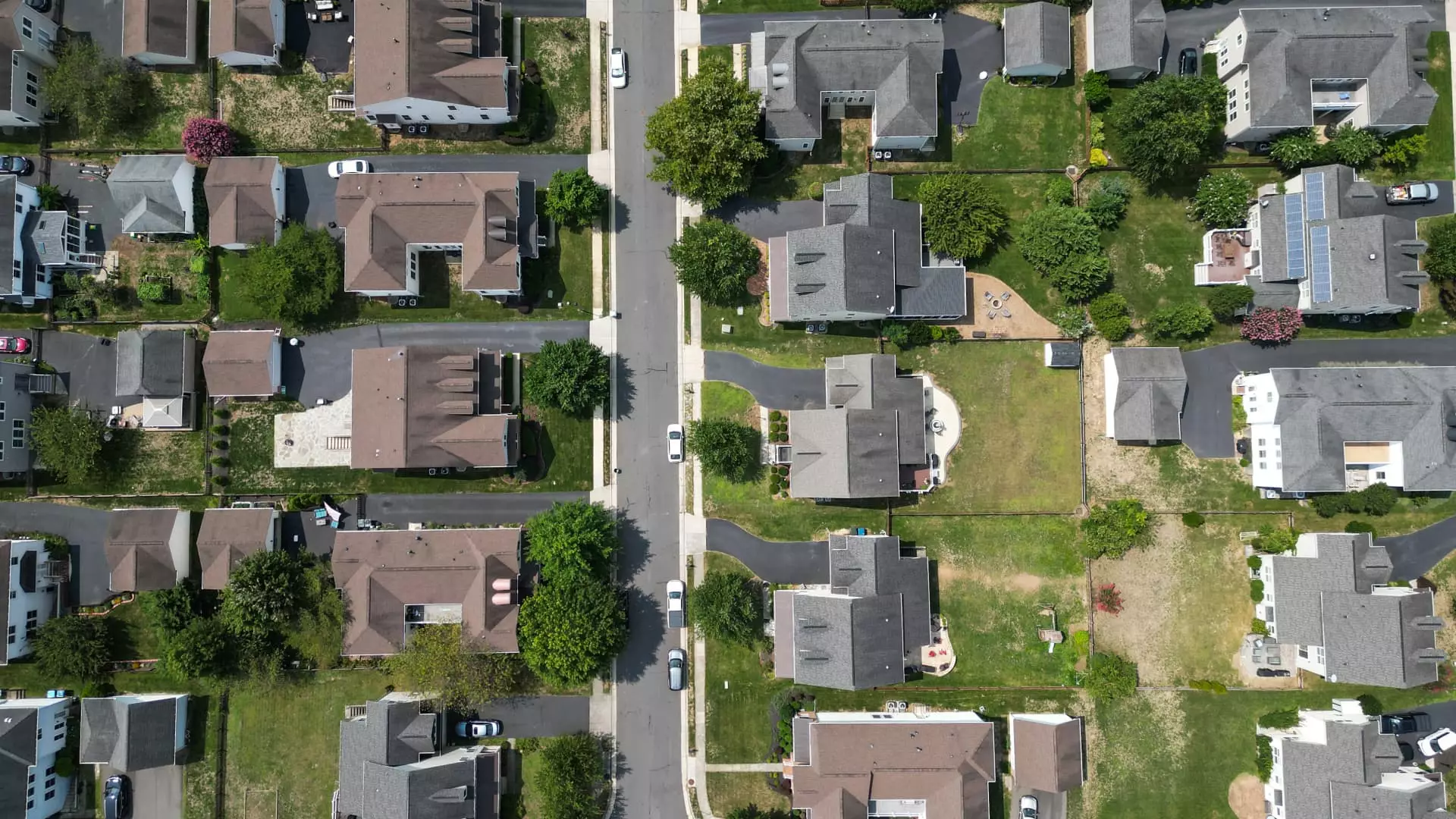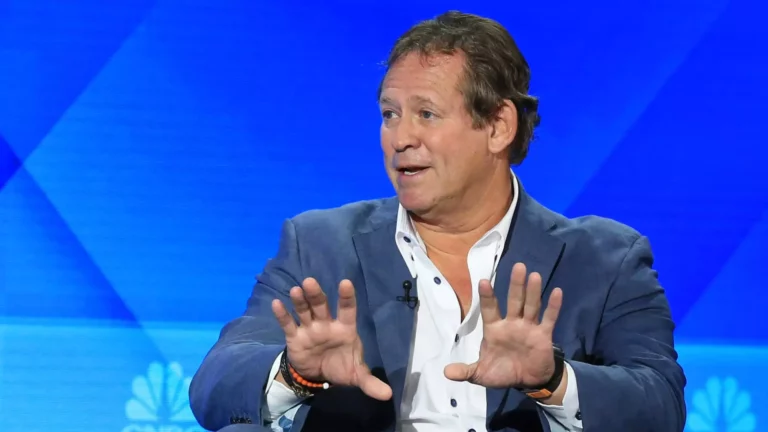Understanding the Decline in Mortgage Demand: A Current Analysis

Recent reports indicate a troubling downward trend in mortgage applications, with demand experiencing a significant drop of 6.7% last week, as per the Mortgage Bankers Association’s seasonally adjusted index. This decline brings the total application volume to its lowest levels since July, despite mortgage interest rates remaining stable. The implications of this drop are multifaceted and merit closer examination, particularly as the economic landscape shifts.
The Stability of Interest Rates in a Tenuous Environment
For the week under review, the average contract interest rate for 30-year fixed-rate mortgages with conforming loan balances held steady at 6.52%. Although this stability might suggest a conducive environment for potential borrowers, the decrease in points—falling from 0.65 to 0.64—denotes a slight easing of costs associated with obtaining mortgages. It highlights an interesting paradox: while interest rates have not escalated, mortgage demand still lags. Refinance applications took the most considerable hit, down 8%. Nevertheless, when juxtaposed with last year, refinance activity is up by a staggering 90%, primarily attributable to last year’s much higher rates nearing 8%.
In addition to the declines in refinancing, mortgage applications to purchase homes have also waned, dropping by 5% last week. This figure paints a complex picture, as it is just 3% above the same time last year. Potential homebuyers currently enjoy a lower interest rate environment relative to the previous year, yet they confront elevated housing prices that seem to negate the benefits of lower rates. This situation contributes to a palpable sense of trepidation among buyers, many of whom appear to be adopting a “wait-and-see” strategy, especially with the upcoming presidential election looming on the horizon.
Joel Kan, an economist at the MBA, notes that inventory levels have begun to loosen, and in certain markets, home-price growth has eased, providing potential buyers with additional options amid these seemingly lower rates. This developing landscape suggests that while immediate demand may be stalling, a more favorable purchasing climate could emerge as market adjustments continue. Hence, buyers may be merely biding their time, awaiting further clarity on economic indicators before making their mortgage commitments.
The Impact of Rising Mortgage Rates
However, contrary to expectations, mortgage rates spiked earlier this week—rising by 14 basis points to reach levels not seen since July. Such fluctuations in interest rates can significantly influence buyer sentiment and market dynamics. Should this upward trajectory persist, it could deter potential buyers who are already cautious about entering a market characterized by inflated home prices.
While today’s mortgage environment offers advantages compared to the previous year, the interplay of rising rates, elevated prices, and shifting buyer sentiment could present substantial barriers to a full recovery of mortgage demand. Stakeholders in the housing market will need to remain vigilant and adaptable to these developments in order to navigate the forthcoming challenges effectively.





